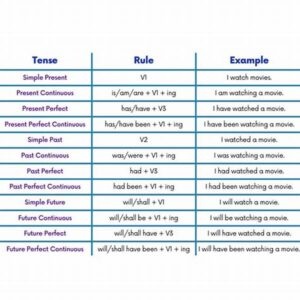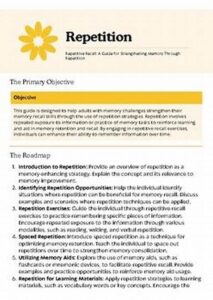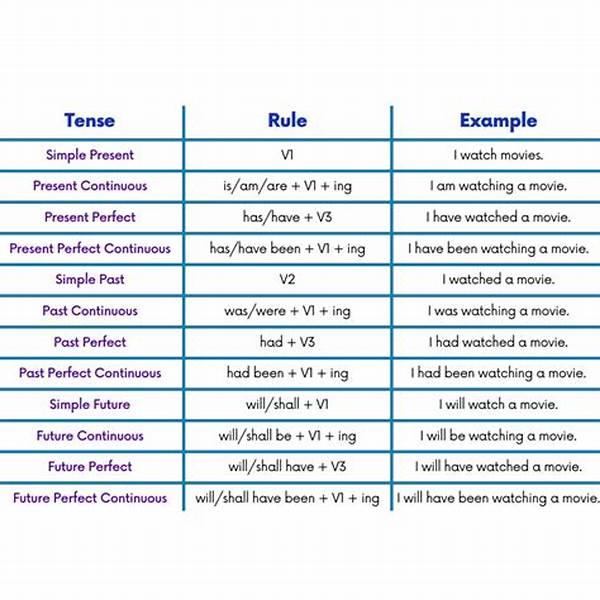As the sun dipped below the horizon, cloaking the world in shadows, the storyteller stood at the heart of the flickering campfire. The crackling flames mirrored the intensity in her eyes as she began weaving a tapestry of words designed to ensnare her audience. With every sentence, she carefully layered suspense, drawing her listeners further into the web of her narrative.
Read Now : Commitment Needed For Novel Writing
The Art of Gradual Revelation
Building tension and suspense in storytelling is an art form that requires a deft hand and a creative mind. Imagine a stage set with characters who are unaware of the dark secret lurking just beyond their understanding. As a storyteller, your role is to gently pull back the curtain, little by little, revealing hints and clues that tantalize your audience. Every detail, no matter how small, must serve a purpose, building anticipation and intrigue. In three distinct acts, you introduce a world shrouded in mystery, where the ordinary becomes extraordinary, and the truth lies just out of reach. As events unfold, the readers’ hearts race with each revelation, captivated by the undercurrents of tension and suspense coursing through the narrative. Through this delicate dance, the storyteller transforms mere words into an experience filled with palpable anticipation, driving the audience to the edge of their seats, hungry for resolution.
Techniques for Building Tension and Suspense
1. Foreshadowing: Drop subtle hints about future events, allowing the audience to sense looming danger, thus building tension and suspense in storytelling.
2. Pacing: Control the rhythm of the story, oscillating between moments of calm and bursts of action to maintain a gripping sense of suspense.
3. Cliffhangers: Conclude scenes with unresolved situations, compelling the audience to keep reading to satisfy their curiosity.
4. Unreliable Narrators: Create uncertainty by using characters whose credibility is in question, adding complexity and depth.
5. Sensory Details: Engage the audience’s senses by vividly describing settings and emotions, immersing them fully in the story’s tension.
Characters in the Web of Tension and Suspense
In the labyrinth of storytelling, characters are the threads that bind the narrative together. Building tension and suspense in storytelling involves crafting multi-dimensional individuals whose actions and choices propel the plot forward. These characters must navigate a world fraught with challenges and obstacles, each decision resonating with consequences that heighten the story’s stakes. Through their eyes, the audience experiences moments of dread and anticipation, empathizing with their fears and triumphs. By allowing the audience to invest emotionally in these characters, a storyteller creates a bond that intensifies the unfolding drama. In this mesmerizing dance, the characters’ fates become intertwined with the audience’s expectations, as every twist and turn carries the weight of intricate human emotions.
The Intricate Layers of Plot Development
1. Introduce a conflict that disturbs the equilibrium, setting the stage for building tension and suspense in storytelling.
2. Create a series of escalating challenges that test the characters’ resilience and resourcefulness.
3. Intertwine subplots that intersect with the main narrative, adding layers of complexity and intrigue.
4. Allow moments of false resolution to lull the audience into a false sense of security.
Read Now : Editing And Revising Manuscript Drafts
5. Gradually reveal hidden motivations and secrets that threaten to unravel the story’s fabric.
6. Employ red herrings to mislead both characters and audience, sustaining suspense.
7. Develop a climactic confrontation where tensions reach their peak and demand resolution.
8. Balance triumph and loss, as characters face the consequences of their actions.
9. Conclude with a resolution that provides closure but leaves lingering questions or possibilities.
10. Reflect on the journey’s impact, revealing growth, change, or enduring mysteries.
The Power of Setting in Building Tension and Suspense
The environment in which a story unfolds plays a pivotal role in building tension and suspense in storytelling. Imagine a remote, fog-laden village with narrow, winding streets and shadowy corners that seem to whisper secrets of the past. Such settings serve as more than just backdrops; they become active participants in the narrative. The weather, time of day, and even cultural myths can amplify the sense of unease, each element meticulously chosen to enhance the story’s tension. As the plot thickens, the setting shifts, reflecting and amplifying the characters’ inner turmoil. Whether it’s a dark forest concealing hidden perils or a bustling city alive with hidden agendas, the setting is a canvas upon which the drama of the story is painted. Through this masterful interplay of environment and narrative, a storyteller can craft a world that feels both alien and remarkably real, drawing the audience deeper into its embrace.
Crafting the Perfect Climax
The climax represents the pinnacle of building tension and suspense in storytelling, where the narrative threads converge, and the stakes are at their highest. As the story races towards its denouement, every choice and action is imbued with significance. The characters face their most daunting challenges, and the audience is carried along on a wave of emotion, their hearts pounding in sync with the unfolding drama. The climax serves as the ultimate test of the characters’ resolve, where their true nature is revealed, and the consequences of their journeys come to fruition. Yet, even within this apex of tension, a skilled storyteller maintains an element of unpredictability, ensuring that the audience remains captivated until the final, satisfying resolution. In the end, the story’s conclusion may not be what the audience expected, but it will feel inevitable, bound by the threads of tension and suspense that have been carefully woven throughout the narrative.
The Legacy of Tension and Suspense
Building tension and suspense in storytelling is not merely about creating immediate thrills; it is about leaving a lingering impact on the audience. By deftly manipulating the ebb and flow of emotion, a storyteller can ensure that the story resonates long after the final chapter. The legacy of suspense is one of reflection and introspection, where audiences ponder the intricacies of the plot, the motivations of the characters, and the broader implications of their choices. It is this enduring engagement that elevates storytelling from mere entertainment to an art form, where narratives become a mirror for the human experience, capturing the complexities of fear, hope, and resilience. Through the masterful construction of tension and suspense, a story can transcend its time, living on in the minds and hearts of its audience, a testament to the enduring power of storytelling.









